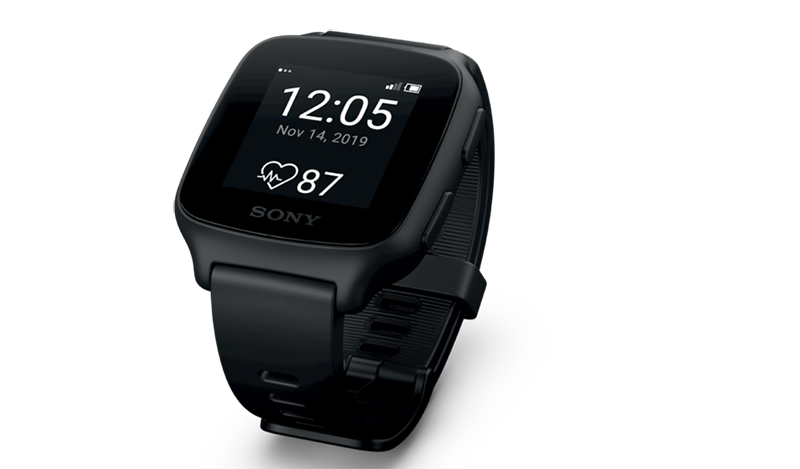Electronics giant Sony has launched its new mSafety mobile health platform at the Connected Health Conference in Boston. The platform combines a connected wearable device, a wristwatch, with a cloud-based backend solution to enable payers, health systems, and digital health companies incorporate a straightforward wearable sensor into their existing remote monitoring services. Sony plans a formal rollout of the solution in 2020.
Read more How Mobile Monitoring Solutions are Improving Healthcare
“We’ve been talking to a number of remote monitoring companies and mobile health companies about if they are looking into this kind of make-or-buy decision for adding a wearable into their proposition,” Anders Stromberg, head of the wearable platform department in Sony’s European Network Communications group, told MobiHealthNews. “We’ve found in a number of companies [that] they definitely don’t want to spend money on developing their own wearable. And they find existing smartwatch solutions being too dependent on … having a mobile phone together with a smartwatch. And [they also want] to have a much more simple solution for their specific use case, so they [want] to remove all these bells and whistle that may be useful for emailing or other things, and really do a dedicated solution.”

The platform comprises of two main components: 1) The wearable watch with sensors measure heart rate, heart rate variability and sleep position. External devices can be connected to it via Bluetooth. 2)The cloud-based backend gives providers the ability to monitor their patients, push messages to encourage compliance and update software. All data is encrypted – whether it comes from the device or the cloud.
Read more Current Health Partners with VivaLNK and MIR to Improve Remote Patient Monitoring
“It is something that will be around for a very long time. We are addressing that it can be used as a medical device, we will support it as a medical device,” Stromberg told MobiHealthNews. “We’re willing to keep it alive for them, … if we take the diabetes companies and cardiovascular companies, we see that by providing this deep management function, they can update and upgrade their application over the air in our backend and we will maintain the software, but we are also prepared if they need to have a very long lifespan to their [device].”












